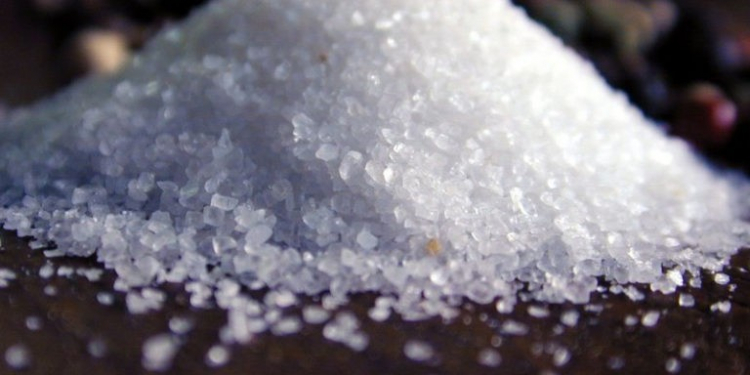A perennial issue is the amount of salt in our food and the potato, due to its presence in many processed foods, is often one of the culprits. But are snack foods the real problem?
You don’t have to add salt to food to be eating too much – 75 per cent of the salt most of us eat is already in everyday foods such as bread, breakfast cereal and ready meals. A diet that is high in salt can cause raised blood pressure, which currently affects around one third of adults in the UK, and many other western countries.
This is a problem which is spreading worldwide as western eatinghtrends spread eastwards and fast foods become global. Recently in the US, the American Bakers Association (ABA) and Snack Food Association (SFA) issued a statement saying they both believe the findings from the Institute of Medicine’s (IOM) Report: Sodium Intake in Populations: Assessment of Evidence add a vital new perspective to the national discussion of sodium’s role in the American diet.
“These changes are based on customer demand and scientific evidence. We are pleased that the IOM performed such a detailed analysis of the latest sodium data, releasing results that counter current and prevalent recommendations,” the two said. Additionally, while the Committee found that some Americans consumed ‘excessive sodium’ it did not identify a scientifically based definition for ‘excessive intake’ of sodium.
Limited Intake

The current Dietary Guidelines for Americans urge most people ages 14 to 50 to limit their sodium intake to 2,300 mg daily.
People ages 51 or older, African Americans, and people with hypertension, diabetes, or chronic kidney disease – groups that together make up more than 50 per cent of the US population – are advised to follow an even stricter limit of 1,500 mg per day. These recommendations are based largely on a body of research that links higher sodium intakes to certain ‘surrogate markers’ such as high blood pressure, an established risk factor for heart disease.
But the expert committee that wrote the new report reviewed recent studies that in contrast examined how sodium consumption affects direct health outcomes like heart disease and death.
In Europe, the European Snackfood Association states that, of the overall dietary intake of sodium it is estimated that about 10 per cent comes from sodium naturally present in food, around 15 per cent is added during cooking or at the table, and the rest comes from the many different processed foods available.
For adults, EURODIET recommends no more than 6g of salt per day (about one rounded teaspoonful). For most people, any excess sodium passes straight through the body; however in some salt-sensitive people with impaired kidney function (about one in five) it can increase blood pressure.
Reducing the amount of salt in the diet of those who are sensitive to salt may reduce the risk of high blood pressure, yet a general relationship for the majority of the population remains to be established.

Salt’s Benefits
lt is added to foods for different reasons: as a preservative, to enhance the flavour, and to improve texture. Salt is also added to the base recipe of some extruded snacks where it has a key role in regulating product expansion and developing the desired texture and mouthfeel.
A very wide range of savoury snack products are available including those with ‘no salt’ and those with ‘reduced levels’ of salt present.
Typically an average 25g serving of ready salted potato crisps will contain around 1/3 g of salt (=0.15g of sodium), which would contribute about 5 per cent of the daily recommended intake of 6g of salt.
Savoury snacks make only a low level contribution to the overall dietary intake of salt and sodium.
Reduced Usage
When looking at product reformulation to reduce salt levels, technological limits to the reduction of sodium must be taken into account. For instance, a certain level of salt is essential for the base recipe of some extruded snacks where it helps regulate product expansion.
Reformulated products must also meet consumer expectations if they are to be accepted. As the individual’s taste however adapts only slowly to lower salt contents, reductions can only take place gradually over a period of time.
Developments in food technology – including alternatives to salt and other sodium-based ingredients, manufacturing and distribution chain processes, and acceptable food safety testing – will all be necessary to ensure further progress, as will rebalancing product flavours to maintain consumer acceptability.
The five largest category contributors to salt providing more than 40 per cent of the salt from all the analysed categories and around 20 per cent of the of the total salt purchased into the home, were bread and rolls, bacon, Italian and traditional ready meals, cheddar and hard pressed cheese and fat spreads.
Potato-based snack foods were not listed. Pass the crisps, please!








